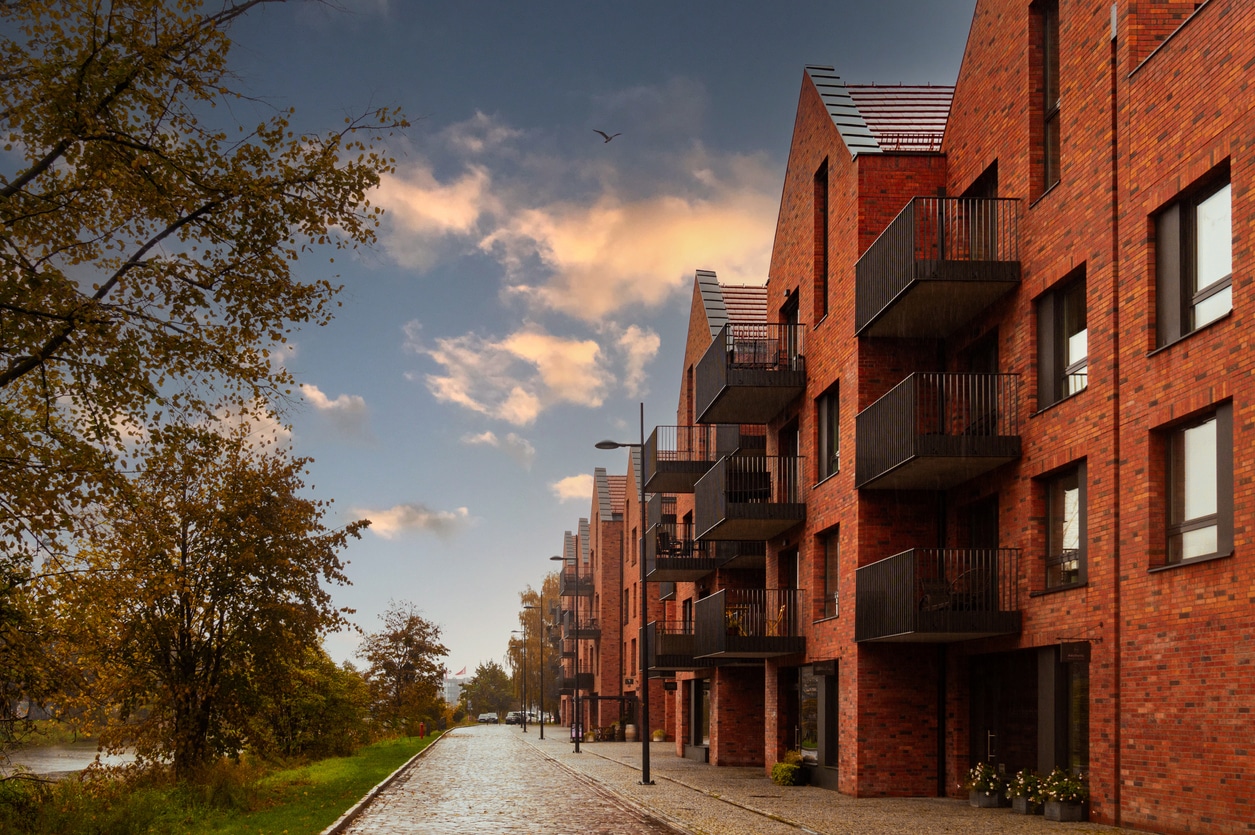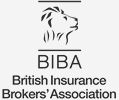Call us on 01325 346328, or click below to request a callback to insure a flat you live in
Benefits
All types of flats insured
Many tenant types accepted
Up to 90 days’ cover for vacant properties
Bespoke insurance policies
Multi-property discounts
Immediate cover online

Flat insurance
For many customers, taking out buildings and contents insurance for a flat is generally less straightforward than insuring a normal house. Apart from the different types of flats, which we’ve outlined below, there is also the consideration of the leasehold or freehold to consider.
In addition, there may also be specific requirements from your mortgage company. For instance, they may need to see confirmation of the buildings insurance.
Finally, there are significant differences in the type of cover you will require if,
- You decide to live in the flat yourself.
- You decide to let the property out and require a landlord insurance policy.
The first thing you need to do is to establish the type of property (flat type) you want to insure from the list below.
Types of flat
Converted flat – A converted flat is a self-contained flat that has been converted out of part of a larger property.
Freehold flat – A freehold flat has the freehold of the land on which it is built.
Purpose built-flat – A purpose built flat is a self-contained residential unit contained within a larger structure containing several self contained units or flats that all share a common entrance.
Studio flat – A studio flat is a flat comprising a single habitable room, bathroom and possibly a separate kitchen (no shared facilities).
Maisonette – A maisonette is a two-storey apartment or flat with its own front door.
Tenement – A tenement refers to a block of flats in Scotland that share a common central staircase and lack an elevator, particularly those constructed prior to 1919. Built of sandstone or granite, Scottish tenements are usually three to five storeys in height, with two to four flats on each floor. They are typically constructed in rows of terraces.
Mews property – A mews is an urban-stable-block that has been converted into residential properties. The typical property is converted into a ground floor garage with a small flat above which used to house the stableman.
After establishing which type of property you want to insure, you then need to know if the property is a freehold or leasehold. This is because there are significant differences in the type of ownership they confer.
Different types of ownership
Freehold
A freehold is land or property that is owned outright, as opposed to leasehold (below) where the owner has the right to occupy the land or property for a given period of years only.
With a freehold property, the owner has complete ownership of the property and land the property resides on. Therefore, freehold property insurance will be required.
The person who owns the freehold is known as the Freeholder. Because each piece of land can only have one freeholder, if there are multiple flats on a plot of land they will generally either share the freehold or they will each have a leasehold.
Leasehold
Buying a leasehold property means that you hold the rights to that property for a fixed period of time. A freehold property is owned indefinitely unless it is transferred of the owner’s own accord. Flats and apartments are often sold as leaseholds.
A leasehold is considered a tenancy, which means a ground rent and annual service charge may need to be paid to the landlord to cover maintenance, cleaning and gardening to the surrounding grounds. Leaseholders may also have restrictions on what they can do with the property.
Leasehold building insurance is taken out by the landlord. However, contents insurance is your responsibility. Therefore, flat insurance could be the answer.
Additional policy features
Property owner’s liability:
For freehold and leasehold properties, you will also need to include cover within the policy for property owner’s liability. Public or property owner’s liability typically forms part of a buildings insurance policy protecting the owner of the property against any legal action taken against them following an accident concerning the insured building.
Examples include:
- A slate falls from the roof of the property and hits a third party as they walk past.
- A tenant trips on a loose carpet and falls down the stairs, breaking their leg in the process.
Each of the above scenarios would be covered by the property owner’s liability section of a policy. Some insurers offer insurance policies solely covering property owner’s insurance. These policies are typically applicable to individual flat owners whose buildings insurance is already covered by the freeholder.
Loss of rent / alternative accommodation costs
Depending on the type of policy, a section of the buildings policy will detail cover for loss of rent and/or alternative accommodation costs. Basically, if the property to be insured is damaged due to an insured event and the property is no longer habitable, most buildings insurance policies will cover either:
- Loss of rent whilst a rented property remains uninhabitable to the tenants.
- Alternative accommodation for the proposer until the property becomes habitable again.
This is not to be confused with rent guarantee insurance, which would cover a landlord if a tenant defaulted on their rent payments.
Get to Know Us
Our Accreditations






